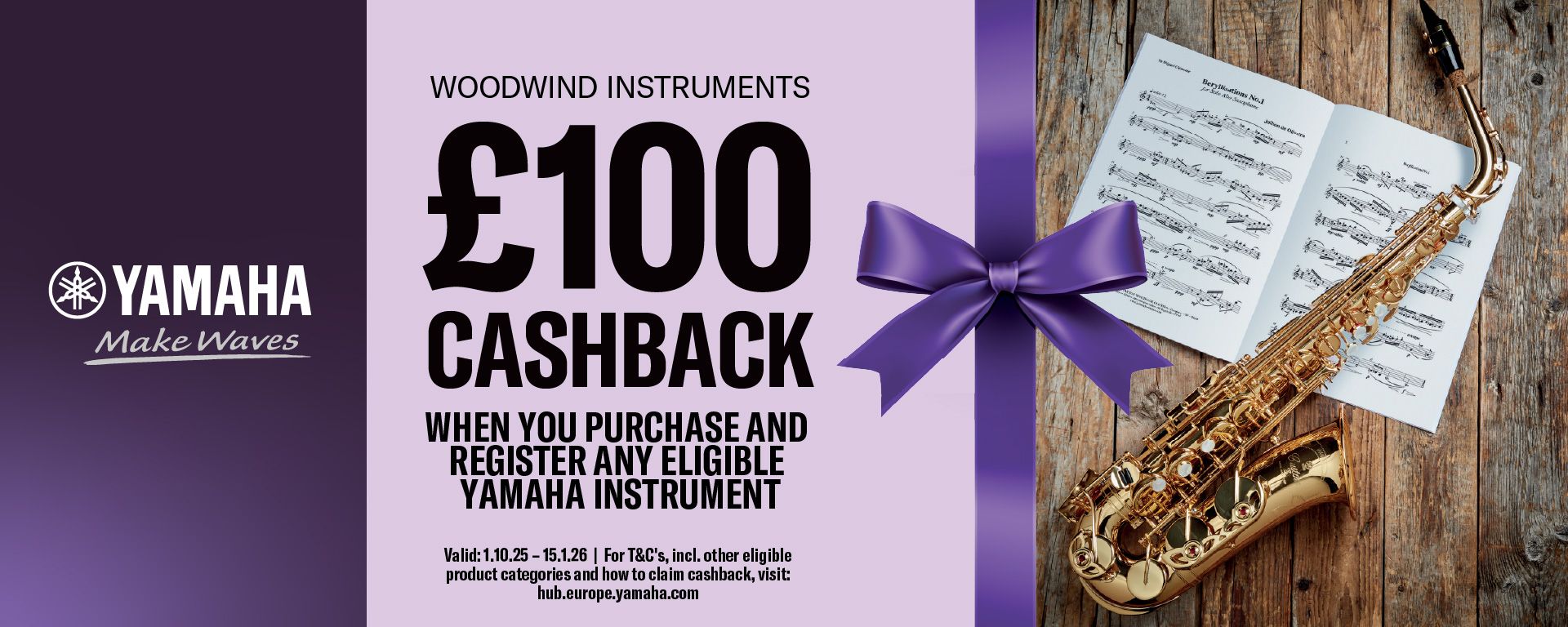Première Suitte de Pièces for Two Flutes [Playing score(s)]
From the Publisher
Date of birth and birthplace of Michel de la Barre are unknown. Since his first printed work – trio sonatas for two violins, flutes or oboes and b.c. – was published in 1694, he was probably born around 1675. In 1700 he became flautist at the Académie Royale de Musique and in 1704 a member in the Musettes et Hautbois de Pitou. After having also been appointed to the post of the Flûte de la Chambre du Roy, he was holding probably the highest positions attainable during that period in France. According to historical sources he was considered as one of the greatest flautists of his time and praised in particular for his expressive playing.
A considerable number of his works, infact 20 suites, de la Barre published for the instrumentation 2 traversos without bass. The Première Suitte presented here was printed in 1709 in Paris and seems to be the first one that was written specifically and exclusively for two traversos. The succession of dance movements appears a little arbitrary. Especially the fantasies in immediate succession as well as the academic fugue – a typical trait of de la Barre’s style – break normal conventions.
The few obvious printing errors in the draft have been corrected discreetly and the notation has been modernised. Any other changes and additions made by the author have been indicated.
In order to interpret the suite in a French manner one should take the rules of French music carefully into consideration as described inter alia in J. Hotteterre-le-Romain’s treatise Principes de la flûte (1707). It is important to mention here the so called inegalité, referring to the practice that the lengths of faster pairs of notes are played unevenly. The first note is slightly broadened so that the following note has to be shortened accordingly. This technique should be applied in variable fashion, suiting the mood of a movement or part of it. The inégal technique should be supported by an articulation with which the longer note begins with a soft de or re and the shorter note with a harder te. Longer sustained notes one could often embellish with a flattement, that is a finger vibrato, a very effectful ornamentation, produced on a nearby or more remote fingering hole. De la Barre uses for a trill sign simply an x (in this edition changed into a +), indicating a trill or inverted mordent. Other embellishments are mostly written fully out in small notes. Ultimately the player will decide according to his taste and knowledge where and how to embellish, in order to enhance the special character of the piece and to attain the right effect.
In his Principes de la flûte Hotteterre points out: “There are no rules for the application of these agréments. Good taste and practice can help more than theory in knowing when to apply them correctly.” (On ne peut guere donner de Regles plus certaines de la distribution de ces agréments, c’est le goût & la pratique, qui peuvent apprendre à s’en servir à propos, plutôt que la Theorie.)
Translation: J. Whybrow
Calw, April 1996, Franz Müller-Busch
Movements
- Allemande
- Fantaisie
- Fantaisie
- Fugue
- Rondeau
- Gigue
- Double de la Gigue
- Musette
Item Details
Our Stock Code: 1497243Instrumentation
- Part 1: Flute
- Part 2: Flute
Category: Duets for Two Flutes
Publisher: Girolamo Musikverlag
Publisher's reference: G 13.002
Media Type: Paperback - Playing score(s) (16 pages [score])
Country of Origin: Germany
HS Code: 49040000

